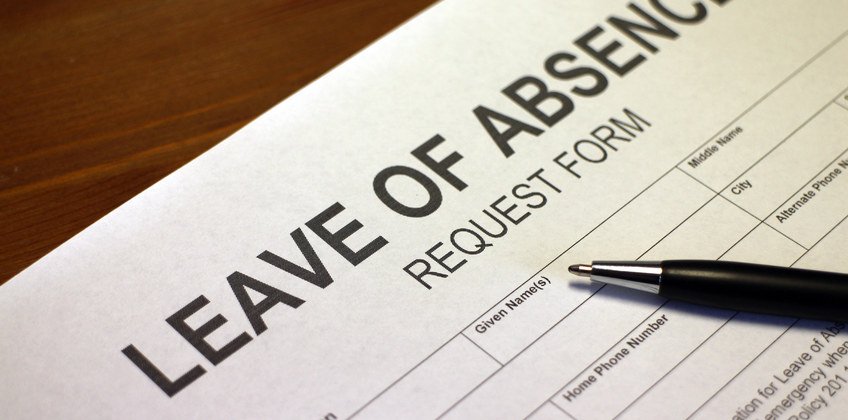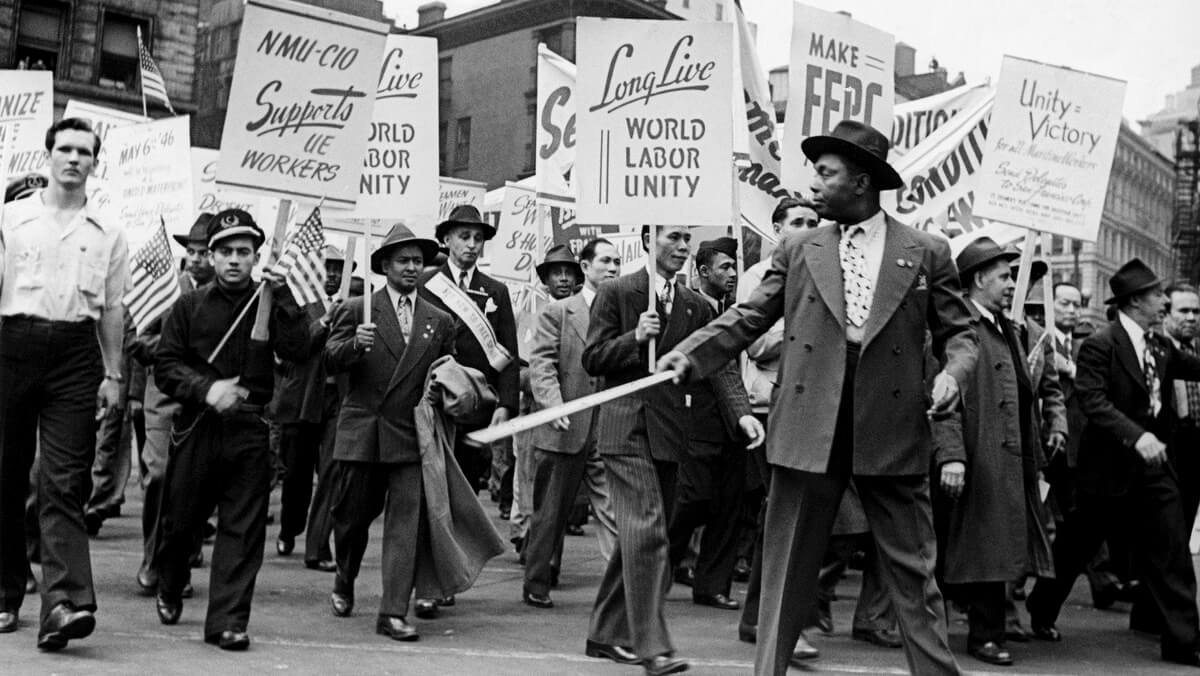
FMLA Leave vs. FEHA Leave as an Accommodation
Key Takeaways:
California and Federal law both have overlapping protections for employees and their family members with medical needs.
California law is often more protective, and workers can avail themselves of both state and federal laws when they need them.
It is a common mistake for employers to cap medical leave at 12 weeks, which is the maximum amount of protected leave under FMLA; under the FEHA and the ADA, employees may be entitled to more leave.
The Federal Family Medical Leave Act, or “FMLA,” and the California Fair Employment Housing Act, or “FEHA” both cover sick or disabled workers. There are important differences between these two laws, however. A common mistake made by employers, for example, is limiting employees to 12 weeks of medical leave per year. Employers and employees alike often refer to this as “FMLA leave.” While there is such a thing as FMLA leave, California employees may be entitled to more than 12 weeks of unpaid FMLA leave as an accommodation of their disability under the FEHA. These protections are in addition to, and can work concurrently with, guaranteed leave under the FMLA. It is a costly mistake to automatically terminate an employee whose leave goes beyond 12 weeks in California.
How does the FEHA compare to the FMLA? Below are some of the most important differences between these two laws:
FEHA Protections:
Applies to any employer who employs five or more employees (FEHA) or 15 (ADA).
Employers are required to engage in the interactive process with employees who request a reasonable accommodation; failure to do so is an independent violation.
Employers are required to reasonably accommodate employees with a disability unless providing an accommodation constitutes an undue hardship on the employer;
Any physical, mental, or medical condition that limits a major life activity, including working, is covered as a disability.
Protected time-off is open ended. Employees are entitled to time off as a reasonable accommodation to the extent that the time off does not cause an “undue hardship” on the employer.
No leave for family members or dependents; protections only apply to the employee.
No minimum amount of service time required before employee is eligible. Applies to all employees and even job applicants.
FMLA leave:
Applies to employers with 50 employees or more within 75 miles of the affected employee.
Employees with a medical condition are entitled to 12 weeks of leave. There is no interactive process as there is no other accommodation other than leave.
Limited to 12 weeks of leave.
Allows leave for any “serious health condition.” Pregnancy specifically included.
Leave is available for both employee’s own condition as well as time off to care for sick family members.
Employees must be employed for a minimum amount of time before protections kick in.
